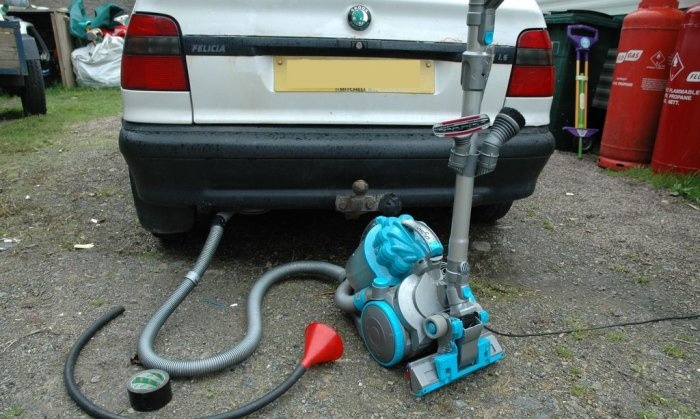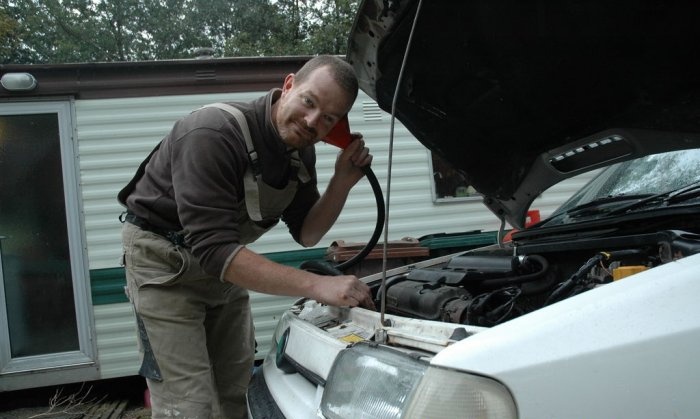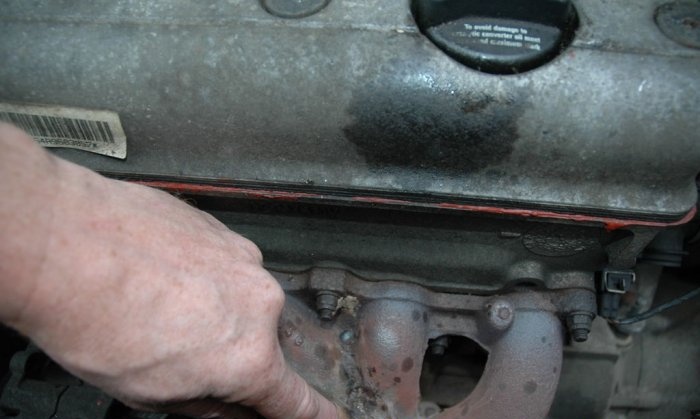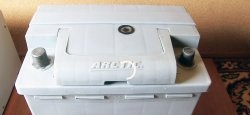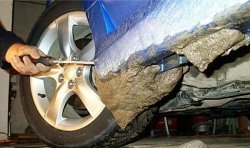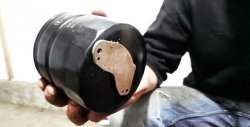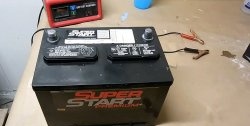How to use a vacuum cleaner to find a leak in a car's exhaust manifold
The appearance of the smell of exhaust gas in the car interior is one of the signs that the exhaust manifold has leaked. It is rare to find an obvious, immediately noticeable crack on it, so it usually all comes down to a difficult search for a miniature hole with the engine running. The collector heats up quickly, so you can burn your hands many times before finding a hole. There is an alternative search method using a vacuum cleaner. It's fast, secure and very simple.
To diagnose the exhaust manifold you will need:
The collector needs to cool down, otherwise it is not safe to work. After removing the nozzle from the vacuum cleaner, its hose should be connected to the exhaust pipe. It is unlikely that the diameters will match, so tape will come in handy here. It is advisable to remove the air filters and bag from the vacuum cleaner, if it is not a container type, so that it does not absorb the odors of oil, fuel and burning from the exhaust system.
You need to build an improvised stethoscope from a piece of rubber hose and a funnel.If the diameter of the small hole of the funnel is smaller than the internal cross-section of the hose, then everything can be compensated with tape.
After turning on the vacuum cleaner, you need to turn off the cooled engine and, applying a stethoscope to the manifold, listen to where the air is being sucked from. You need to move the end of the hose smoothly without skipping.
After identifying a possible hole, you need to close it with your finger; if the noise stops, then the smoke will definitely come out through it. Most likely there will be more than one hole. To avoid losing finds, they should be marked with chalk.
After all the holes have been identified, the manifold can be removed and welded, soldered or sealed with sealant, in general, as you like. Of course, nothing more reliable than welding has yet been invented.
This method is very good, but it’s even better if the vacuum cleaner has a blowing function. Working in this mode, it will not suck in bad air from the exhaust system, so there is no need to remove the filters. When blowing out of the holes on the manifold, air will come out rather than be sucked in.
Using a vacuum cleaner, you can look for holes in the muffler and in the exhaust system as a whole. There is no need to burn your hands or rush, so upon completion of the diagnosis it is quite possible to find all the holes in one go and carry out a complete repair.
Original article in English
Required materials
To diagnose the exhaust manifold you will need:
- home vacuum cleaner;
- a piece of rubber hose;
- funnel for liquid;
- scotch.
Leak search
The collector needs to cool down, otherwise it is not safe to work. After removing the nozzle from the vacuum cleaner, its hose should be connected to the exhaust pipe. It is unlikely that the diameters will match, so tape will come in handy here. It is advisable to remove the air filters and bag from the vacuum cleaner, if it is not a container type, so that it does not absorb the odors of oil, fuel and burning from the exhaust system.
You need to build an improvised stethoscope from a piece of rubber hose and a funnel.If the diameter of the small hole of the funnel is smaller than the internal cross-section of the hose, then everything can be compensated with tape.
After turning on the vacuum cleaner, you need to turn off the cooled engine and, applying a stethoscope to the manifold, listen to where the air is being sucked from. You need to move the end of the hose smoothly without skipping.
After identifying a possible hole, you need to close it with your finger; if the noise stops, then the smoke will definitely come out through it. Most likely there will be more than one hole. To avoid losing finds, they should be marked with chalk.
After all the holes have been identified, the manifold can be removed and welded, soldered or sealed with sealant, in general, as you like. Of course, nothing more reliable than welding has yet been invented.
This method is very good, but it’s even better if the vacuum cleaner has a blowing function. Working in this mode, it will not suck in bad air from the exhaust system, so there is no need to remove the filters. When blowing out of the holes on the manifold, air will come out rather than be sucked in.
Using a vacuum cleaner, you can look for holes in the muffler and in the exhaust system as a whole. There is no need to burn your hands or rush, so upon completion of the diagnosis it is quite possible to find all the holes in one go and carry out a complete repair.
Original article in English
Similar master classes
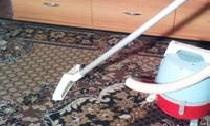
Vacuuming without smelling dust
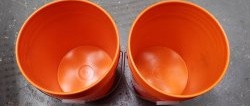
A simple and cheap cyclonic dust collector for a vacuum cleaner of two
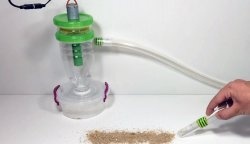
How to make a cyclone vacuum cleaner with your own hands?

How to turn a power tool armature commutator without a lathe
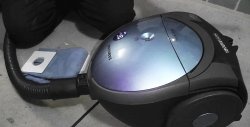
How to increase the traction of a vacuum cleaner with a bag

DIY solar collector.
Particularly interesting
Comments (2)

